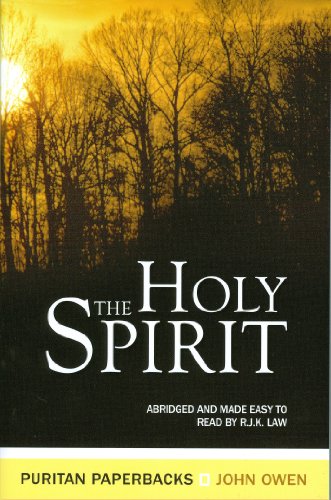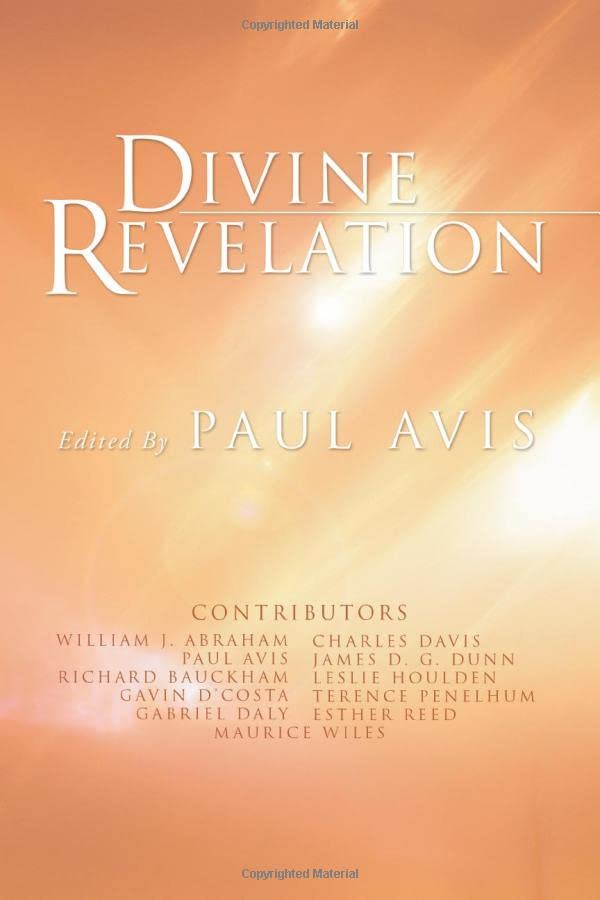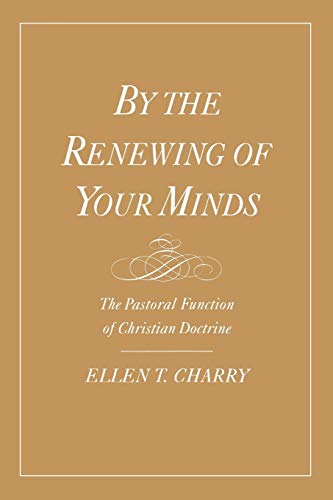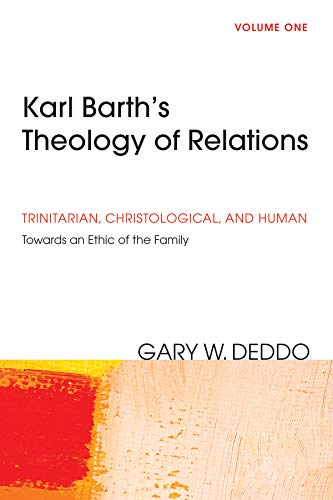Neiderwimmer’s commentary on the Didache is the third Hermeneia Commentary on the Apostolic Fathers. These are early Christian writings close in time to the writing of the NT. Although theologically distinct from the canonical writings by virtue of standing outside the canon, historically they are close to them and therefore of great help for NT interpretation and the reconstruction of Christian origins.
First published in 1883, the Didache is a document of about the same length as Galatians, but there can be little certainty as to its date, its purpose or its provenance. There are also significant questions about the integrity of the text; different parts of the Didache appear to contradict each other, and scholars have presented different theories as to how it was edited over time.
Fundamental to Neiderwimmer’s analysis is his source critical approach, which posits a strong distinction between the Didachist’s source and his own redaction and expansions. Neiderwimmer sees the text as the work of one compiler, the Didachist, who was an early second century Jewish-Christian church leader, possibly a bishop. He may have written around 120. He had sources which he compiled, expanded and interpreted to produce a kind of book of rules to order the life, worship and leadership of his local church community.
Neiderwimmer views the Didachist as fundamentally conservative. He preserves and protects old traditions but applies them to the developing current situation of his community. In so doing the Didachist is keen to reconcile differences, and Neiderwimmer uses this to explain apparent contradictions in the text over the eucharist, for example, and the reception of itinerants.
There are four sources, possibly very ancient, and they preserve the archaic traditions of a particular local community. These sources are (1) an originally Jewish text, the Two Ways, an exhortation for the reader to choose the way of life and not the way of death; (2) a (written or oral) archaic liturgical tradition concerning baptism and the Eucharist; (3) a (probably written) archaic tradition concerning how to receive itinerant charismatics; and (4) an apocalyptic description of the end time, the ending of which is lost.
The Didachist’s own contribution may be seen primarily in his concern to Christianise the material with which he works. Thus for example it is the Didachist who by a redactional insertion at 7.1 turns the Jewish Two Ways tradition into baptismal catechesis, and who adds Jesus tradition.
Andrew Gregory
Oxford







